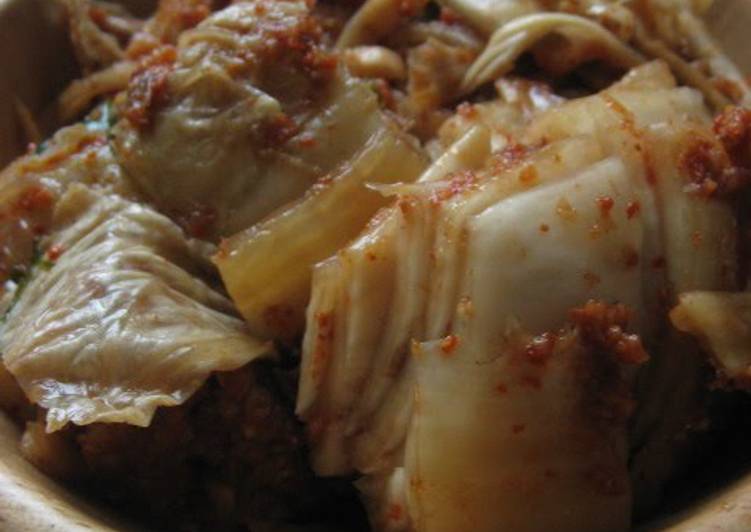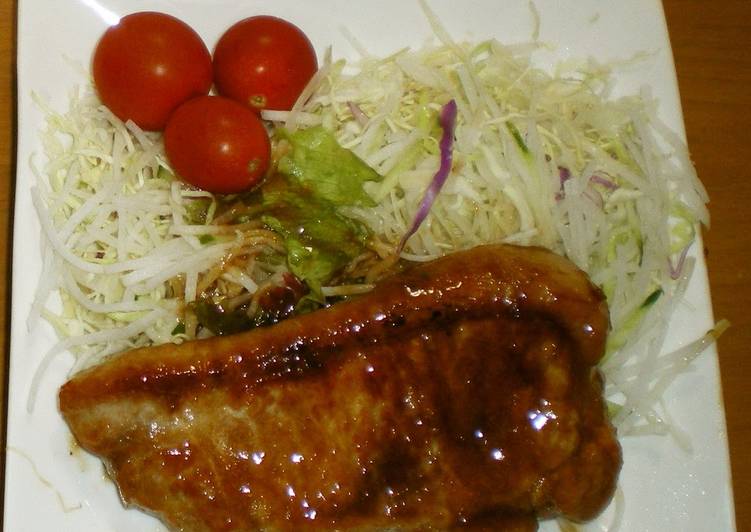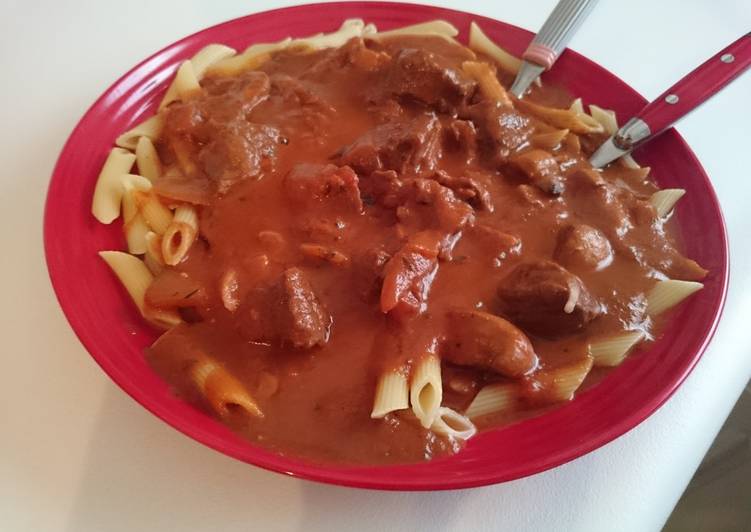
Hello everybody, it’s Jim, welcome to our recipe page. Today, I will show you a way to make a special dish, expats: if you have chinese cabbage, let's make kimchi. It is one of my favorites food recipes. This time, I’m gonna make it a bit unique. This will be really delicious.
Join us as we make authentic Korean BBQ, bibimbap and some wild veggie banchans. Many of you don't have access to Napa Cabbage in your local markets. Place the cut side down when draining.
Expats: If You Have Chinese Cabbage, Let's Make Kimchi is one of the most well liked of recent trending foods on earth. It is simple, it’s fast, it tastes yummy. It’s enjoyed by millions every day. They are fine and they look wonderful. Expats: If You Have Chinese Cabbage, Let's Make Kimchi is something which I have loved my entire life.
To begin with this particular recipe, we must first prepare a few components. You can cook expats: if you have chinese cabbage, let's make kimchi using 13 ingredients and 8 steps. Here is how you can achieve it.
The ingredients needed to make Expats: If You Have Chinese Cabbage, Let's Make Kimchi:
- Prepare 2 kg Chinese cabbage
- Prepare 120 ml Korean coarse grind red chili pepper
- Take 1 medium bulb Garlic
- Get 50 grams Ginger
- Make ready 1/2 Apple (or Asian pear)
- Make ready 1/3 large Onion
- Get 3 to 4 stalks Green onion
- Get 1/3 Daikon radish
- Get 3 tbsp Sakura shrimp (or dried shrimp)
- Prepare 70 ml Korean fish sauce
- Make ready 1 tbsp Flour (mixed with 3-4 times the amount of water and microwaved)
- Prepare 1 tbsp Sugar
- Get 8 grams Dashi stock granules (I used kombu)
Making kimchi was also easier and quicker than pickling cabbage! Tip on making kimchi or any other good meal by a recipe. If you make this recipe, beware that it wont be as red as Korean Kimchi at the Korean restaurant or supermarket. I just dont put as much chili pepper.
Instructions to make Expats: If You Have Chinese Cabbage, Let's Make Kimchi:
- Tear the cabbage into 4 or 6 pieces depending on their size. Add 40 g of salt to every kilo of cabbage, salting heavily on the white stems.
- Put the cabbage in a container large enough to hold them. Put a weight on top and leave overnight. I put on a large plate and placed filled water bottles on top.
- The next day, wring out the cabbage lightly, and let dry naturally.
- Blend the ginger, garlic, apple, and onion together into a paste (if you find it hard to form a paste, add fish sauce for liquid).
- Cut the daikon radish into quarters and slice. Cut the green onions into 3 cm pieces. Cut the white parts in half lengthwise.
- Add the chili pepper, fish sauce, dashi stock granules, flour paste, daikon radish and green onion to the paste from Step 4.
- Push the paste in between the white parts of the cabbages, and roll up the leaves.
- Put the cabbage into a plastic bag and leave for 1 to 2 nights at room temperature. Store in the refrigerator. Wait for at least a week before eating.
And let me tell you, not all kimchis are alike. The store-bought kimchi tend to be sweeter and every family adds their own little flair to their kimchi. At this point you may want to wear clean food-safe plastic gloves especially if you have sensitive skin. Transfer the cabbage to the bowl with the sauce. Also called Chinese leaves, Chinese cabbage has pale, tightly wrapped, succulent leaves with Kimchi is surprisingly easy to make and makes a great addition to rice dishes or a pork sandwich.
So that is going to wrap it up for this exceptional food expats: if you have chinese cabbage, let's make kimchi recipe. Thank you very much for your time. I am sure that you will make this at home. There is gonna be interesting food in home recipes coming up. Remember to bookmark this page on your browser, and share it to your family, colleague and friends. Thank you for reading. Go on get cooking!

